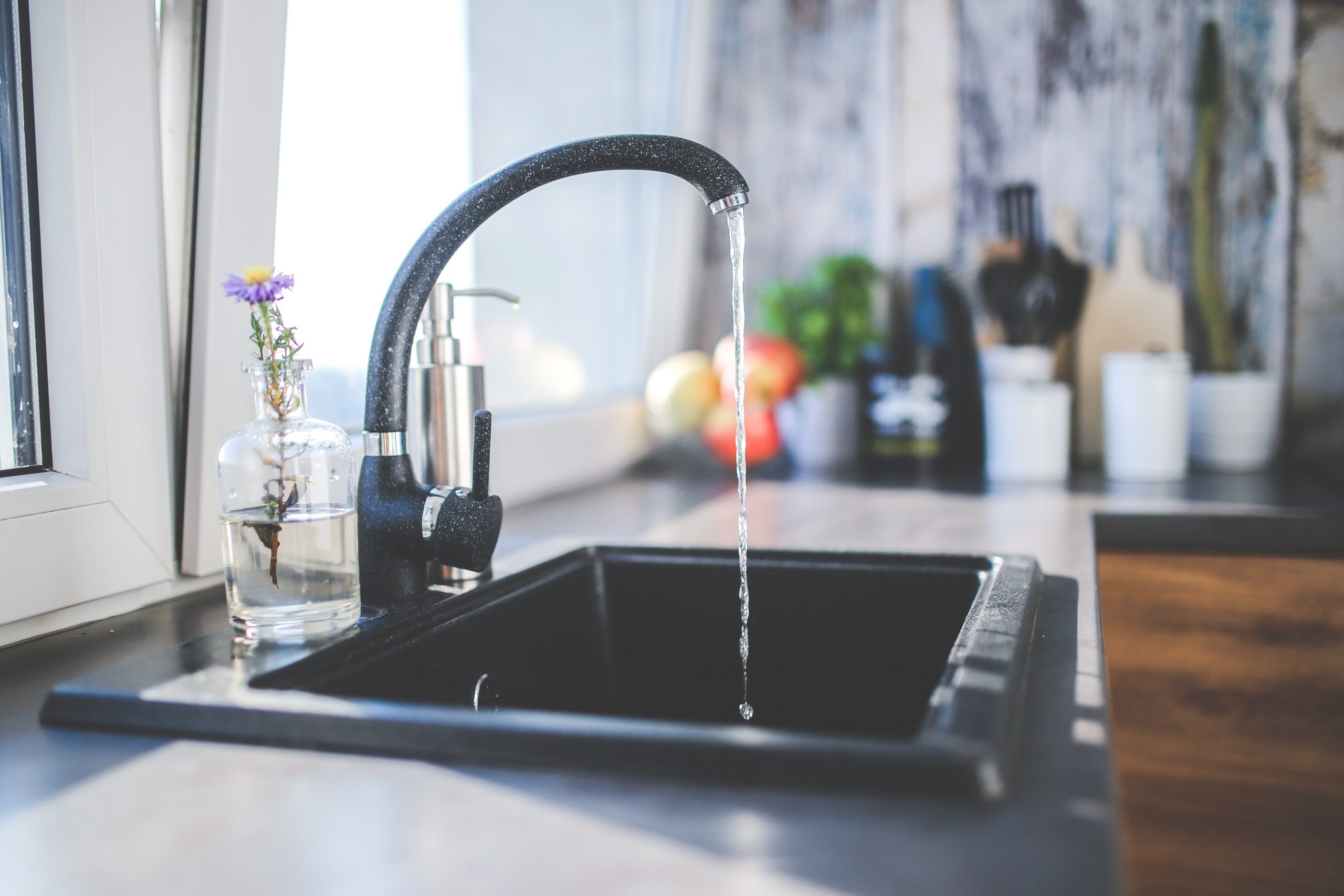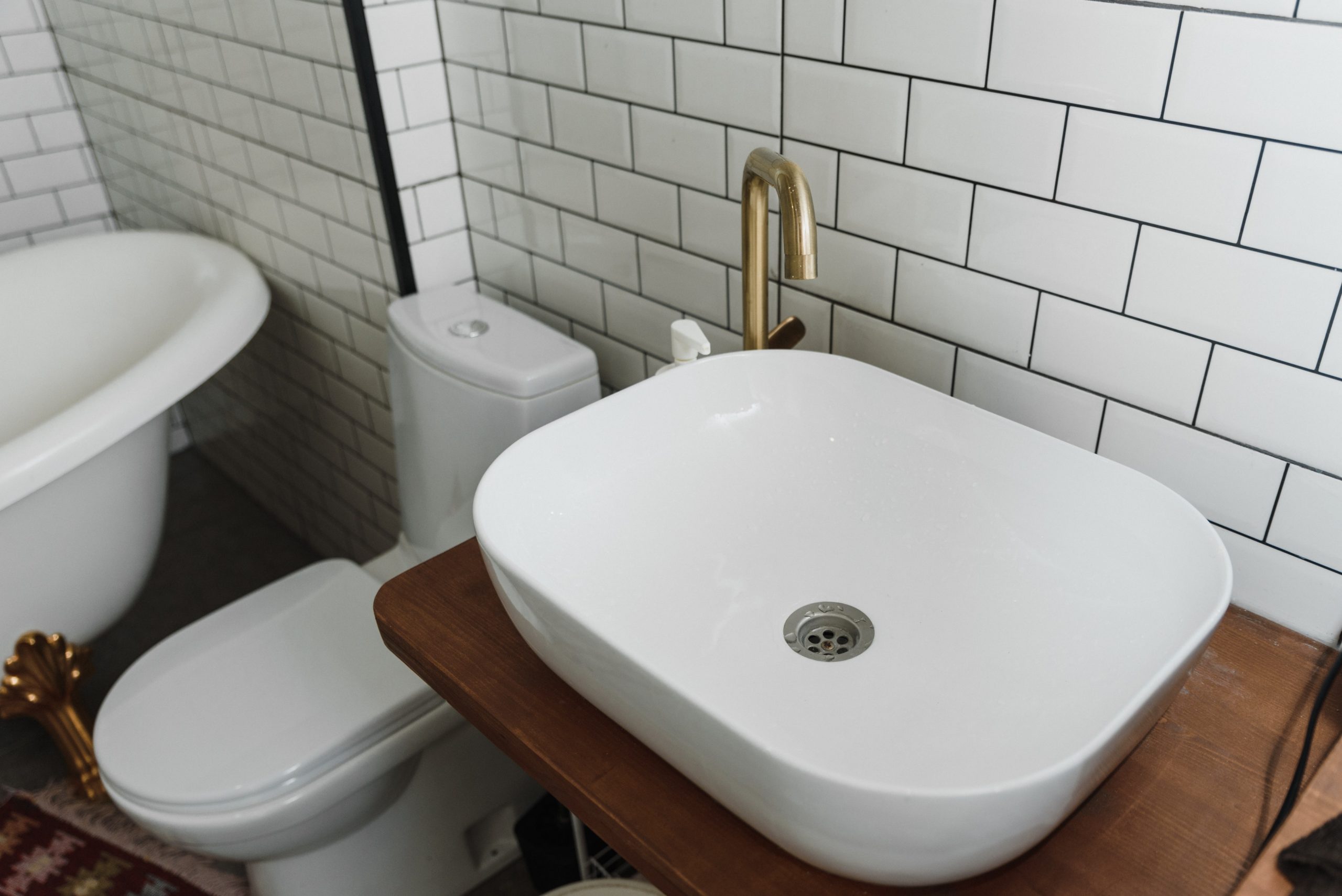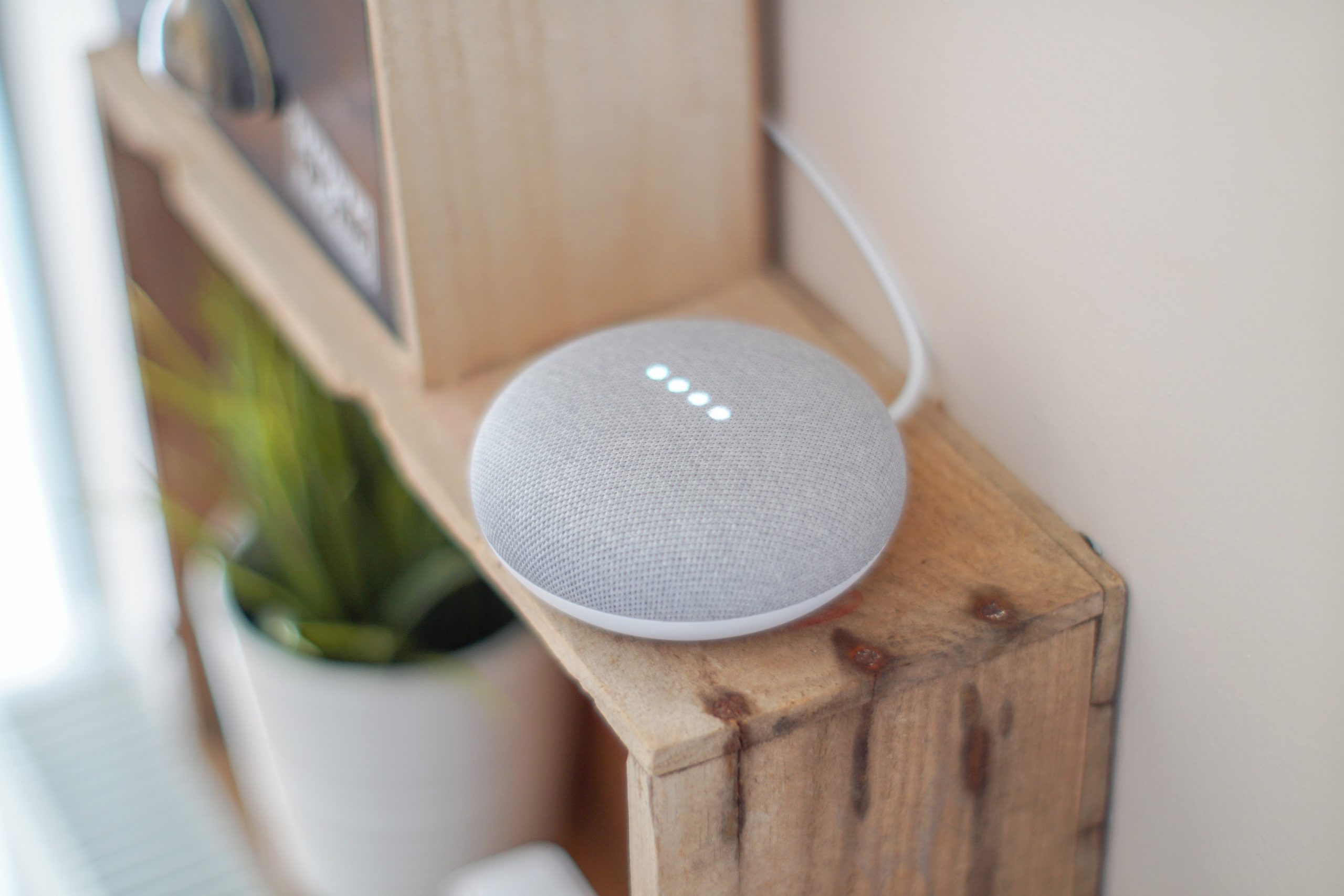Welcome to your trusted source for real estate insights. I’m Rich Iorio, “Your Friendly Neighborhood Realtor” at C21 Crest Real Estate, serving Northern New Jersey. Today, we’re delving into the essential concept of the capitalization rate, often referred to as the “cap rate,” and how it plays a pivotal role when buying an investment property. Understanding the cap rate is crucial for evaluating a rental property’s profitability and making informed real estate investment decisions. Let’s explore what the cap rate is, how to calculate it, and other methods for assessing the profitability of rental properties.
What is the Capitalization Rate (Cap Rate)?
The capitalization rate, or cap rate, is a fundamental metric used by real estate investors to assess the potential profitability of an investment property. It’s a percentage that represents the property’s expected rate of return based on its income and value. In simpler terms, the cap rate helps investors determine how quickly they can recoup their investment in a property through rental income. The cap rate is expressed as a percentage and is calculated by dividing the property’s Net Operating Income (NOI) by its value or purchase price. The resulting percentage represents the property’s expected rate of return if it were purchased entirely with cash.
Cap Rate Formula:
The cap rate is calculated using the following formula:

How to Calculate the Cap Rate:
Determine Net Operating Income (NOI): Start by calculating the property’s Net Operating Income, which is the total annual income generated from the property minus all annual operating expenses, excluding mortgage payments. This includes rental income, property management fees, property taxes, insurance, maintenance costs, and utilities.
Find the Property Value or Purchase Price: Next, determine the current market value of the property or the purchase price if you are considering acquiring it.
Calculate the Cap Rate: Divide the NOI by the property’s value or purchase price, and then multiply the result by 100 to express it as a percentage.
What the Cap Rate Reveals:
Investment Risk: A higher cap rate typically indicates a riskier investment with potentially higher returns but also more significant risks. Conversely, a lower cap rate suggests a safer investment with potentially lower returns but fewer risks.
Market Conditions: Cap rates can vary significantly by location and property type, reflecting market conditions and demand. It’s essential to compare cap rates with similar properties in the same area to assess their relative profitability.
Investment Goals: Your investment goals and risk tolerance will influence your preferred cap rate range. Investors seeking higher returns may target properties with higher cap rates, while those prioritizing stability and lower risks may opt for lower cap rates.
Other Ways to Assess Rental Property Profitability:
Cash-on-Cash Return: This metric compares the cash flow generated by the property to the initial cash investment, considering factors like financing and leverage.
Gross Rent Multiplier (GRM): GRM helps estimate the property’s potential for generating rental income by dividing the property’s purchase price by its annual rental income.
Return on Investment (ROI): ROI considers the total return on investment over time, factoring in appreciation, cash flow, and other financial aspects.
Break-Even Ratio: This ratio helps you determine the minimum occupancy rate required to cover all property expenses, including the mortgage.
Market Analysis: Conduct a thorough market analysis, considering factors like local rental demand, property appreciation potential, and economic trends.

 Facebook
Facebook
 X
X
 Pinterest
Pinterest
 Copy Link
Copy Link











